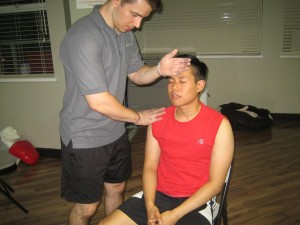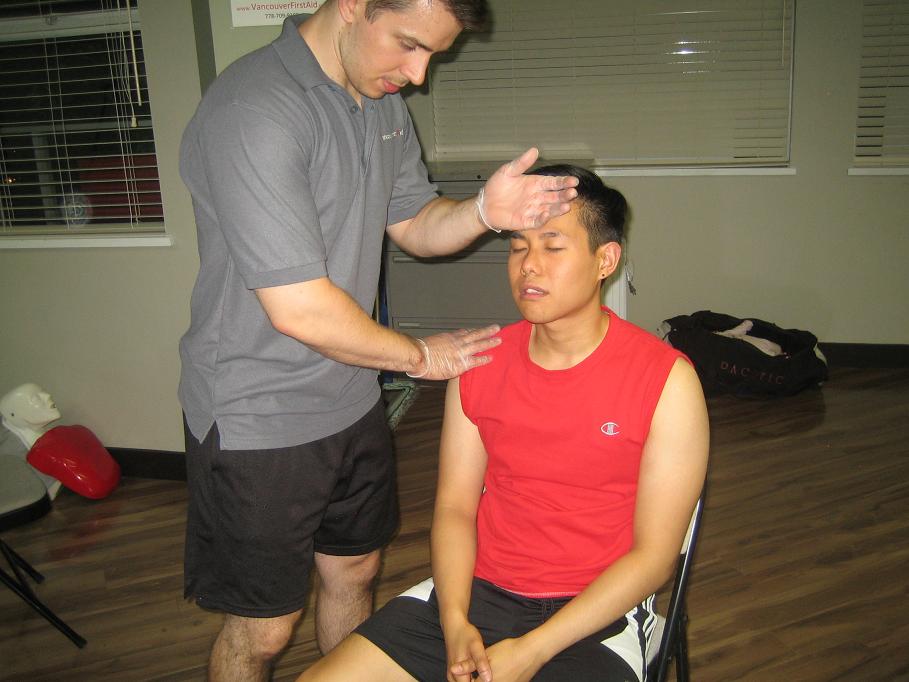https://www.youtube.com/watch?v=iKJN8xOso78
A bee sting can usually trigger an allergic reaction of the body which is often mild and manageable. While these allergic reactions from a bee sting is highly treatable, many die because of anaphylactic reactions caused by the injected venom. Bees and other insects will not usually attack when left alone. But once they are provoked, they will most likely respond defensively, stinging the person that they think is a threat. The material posted on this page on insect bites is for learning purposes only. Registering for a basic first aid course teaches participants how to recognize and manage insect stings and allergic reactions.
How to reduce the risk of bee stings?
Reducing your exposure to bees is the most viable solution against being a victim of bee stings. Wearing light colored clothing is best if you are going to a bee infested area because light clothing is less attractive to bees. Bees are also attracted to scents such as those coming from soaps, perfumes and deodorants so you should avoid using scented items as well. Preventing a bee sting should be very important to individuals that have allergic reactions to their sting. Individuals that have allergies to bee stings should carry an epinephrine injector if prescribed by a medical professional.
First aid for bee stings
A bee sting usually leaves a sac of venom and stinger on the skin. It is recommended that the stinger be removed within 30 seconds to prevent receiving more venom. The severity of reactions to the sting varies from person to person. Normally, the affected area will result in pain, swelling and redness. Here’s what you can do to help respond to a person stung by a bee.
- Remove the stinger by scraping it using a 4 x 4 gauze or fingernail. Gently scrape the sac and the stinger off the skin.
- Do not remove the stinger using tweezers as you may inject the venom further by doing so.
- Apply an ice on the affected area. If it involves the arms or legs, elevate the extremity to prevent swelling.
- Remove any tight-fitting jewelry near the area of the stings since they may be difficult to remove when the extremity swells.
- Do not apply a tourniquet in the affected area, it is no longer recommended.
Complications of bee stings

An allergic reaction is one of the most common complications of a bee sting. The body produces chemicals called histamines in response to the foreign substances injected by a stinger. The most life threatening type of allergic reaction is anaphylaxis. The signs of anaphylaxis include:
- Difficulty of breathing and/or wheezing
- Hives that appear as red and itchy which may extend beyond the areas of the sting
- Difficulty in swallowing
- Dizziness or sudden drop in blood pressure
As soon as you observe these symptoms, immediate emergency care should be given. You should call 911 as anaphylaxis may cause anaphylactic shock and cardiac arrest that can further lead to death.
Reference:
Ontario Ministry of Health and long term care. Public Health : First Aid for Bee and Insect Stings. Retrieved on June 24, 2014 from http://www.health.gov.on.ca/en/public/publications/pubhealth/bee_stings.aspx.
Better Health Channel. Bites and Stings First Aid. Retrieved on June 24, 2014 from http://www.betterhealth.vic.gov.au/bhcv2/bhcarticles.nsf/pages/Bites_and_stings_first_aid.

